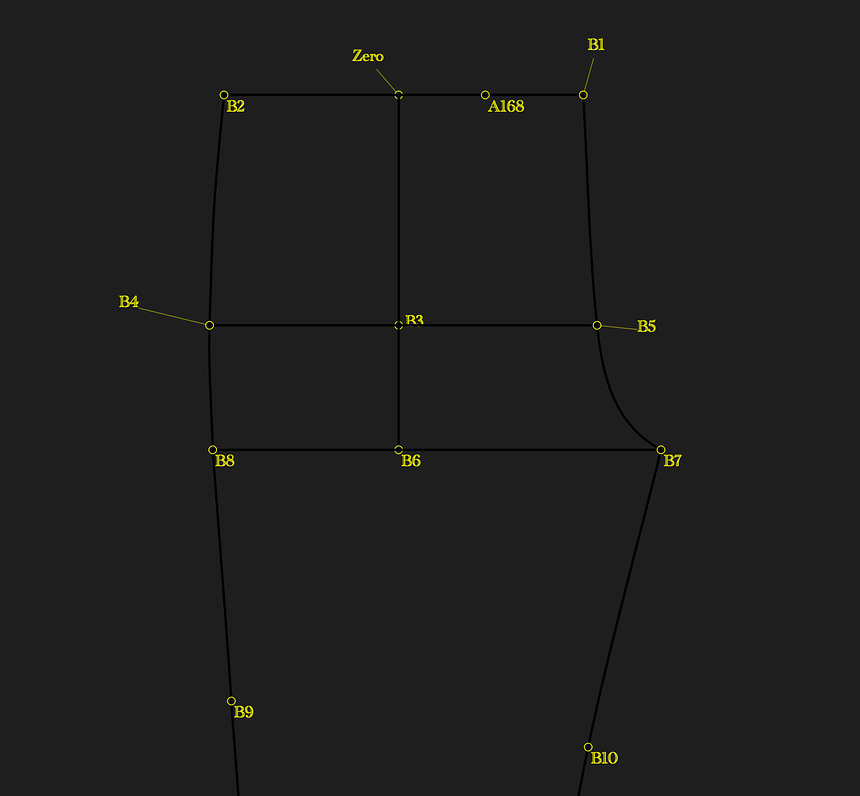I’ve recently been getting into pant designs and I would like to know if anyone has any tips regarding the designing of zipper flies based on the pant pattern.
I recently draft one for a jean. Just to show off I also successfully manage to sew the muslin (as successful as a newbie sewer can be)
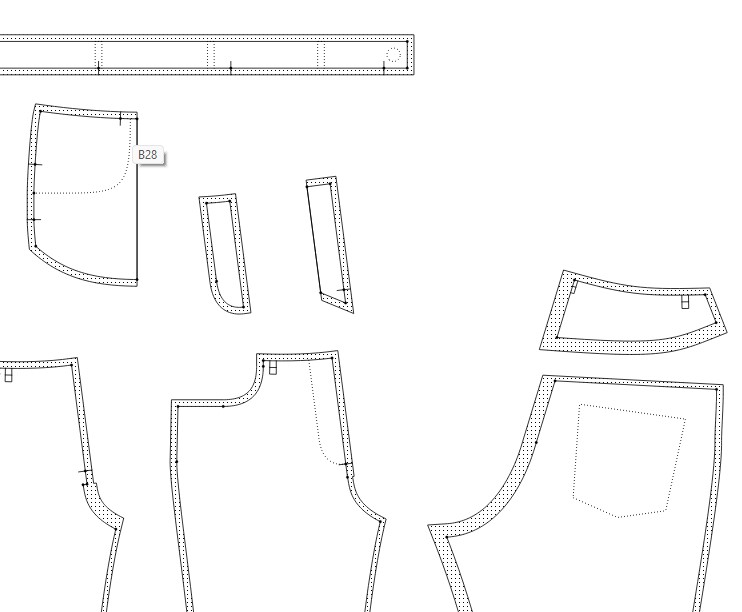
One thing for sure I really have to study how to sew the fly and zipper before I draft the pieces. The pattern for the flies itself is simple but there is a lot of variation, like whether you want the fly facing to be one-piece with the trouser pattern or separate piece, the shape of fly shield/tab, seam allowances etc.
Or you can do the other way around. Make the pattern first following textbook instruction then figure out how to sew it.
Thank you for the photos. It’s always nice to see what everyone’s doing.
I think you’ve done really very well. I’d stick with the methods you used now & make a few jeans. After that, it will be your method that works for you.
I quite like Angela Kane’s videos on how to sew jeans. You can find them here.
I also bought the ebook, Sewing Jeans by Johanna Lindstrom which comes with back pocket templates and a guide to sew the fly piece (which I haven’t used yet, but I intend to soon ![]() ).
).
Anyway, you’ve really done very, very well. I hope that mine will turn out half as good.
Are there any formulas you used to calculate the zipper fly dimensions? As in it being e.g. x% of the length of the crutch line long or x% of the waistline wide?
![]() Because I bought it, it doesn’t mean that I actually read it.
Because I bought it, it doesn’t mean that I actually read it. ![]() I’ll read it when I get around to the sewing. I paged through it and it came with a 2nd ebook with the templates in it. It’s really all about the sewing:
I’ll read it when I get around to the sewing. I paged through it and it came with a 2nd ebook with the templates in it. It’s really all about the sewing:
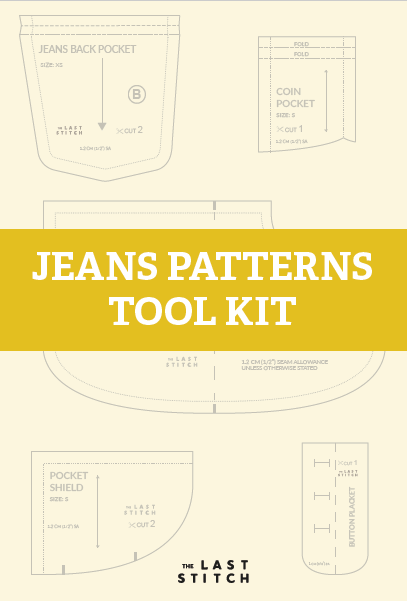
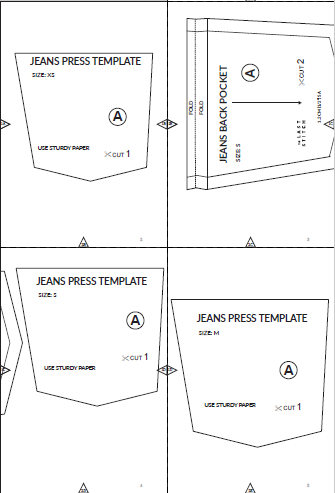
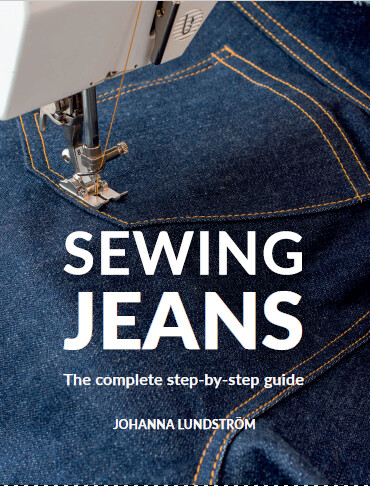
I make mine 3cm below the hip line, but that’s what works for me. Perhaps @Douglas can give us a resizable guideline?
The fly is not based on size per se, but rather the length of zipper used. For me the finished width of the fly on mens pants was always 1 1/2" so given 1/2" seam allowance the width was 2 1/2, On womens you might find 1 1/4" more common. As well as on womens you will often find the fly as part of the right front piece. I never liked cutting pants this way as you then always had to cut off the fly part on one side. It’s one thing if it’s just1 pair of pants, but when you a dozen cut on the fold it just takes more time cutting.
Again the length of the fly is determined by length of the zipper used. We always used 7" or 9" zippers. 9" in the case where the crotch depth may be longer on larger sizes. Of course the max length is determined by the point at which the crotch seam starts to curve - you always want the zipper on the straight part of the seam. You can always use a shorter zipper - within reason. I’m looking at a pair of my pants and it has a 6’ zipper, but the pants are not as high waisted as the ones we made at the shop.
I always cut 2 fly pieces and 1 facing. As for the flyfacing… which I usually cut from pocketing or a poly cotton fabric was shaped like this in red… where the extension at the bottom would cover the curved section of the seam.
Depending on the fabric used, the fly extension could easily just be a rectangle folded in half - if the fabric is light enough.
This is where my lack of practical sewing knowledge really shows itself haha. I’m completely digital so sometimes I ask questions that don’t necessarily make sense. Thanks for the response, it’s clear now.
If it’s any consolation… I co-owned a costume shop for 42 years, where most of my job was spent making patterns and cutting. Next to setting sleeves in a suit coat, two of the hardest things to sew are zipper flys, and welted pockets… both of which I’d get rusty at, and have to rethink through the sewing steps when I’d have to sew. ![]()
The only bad questions are the ones not asked.
![]()
